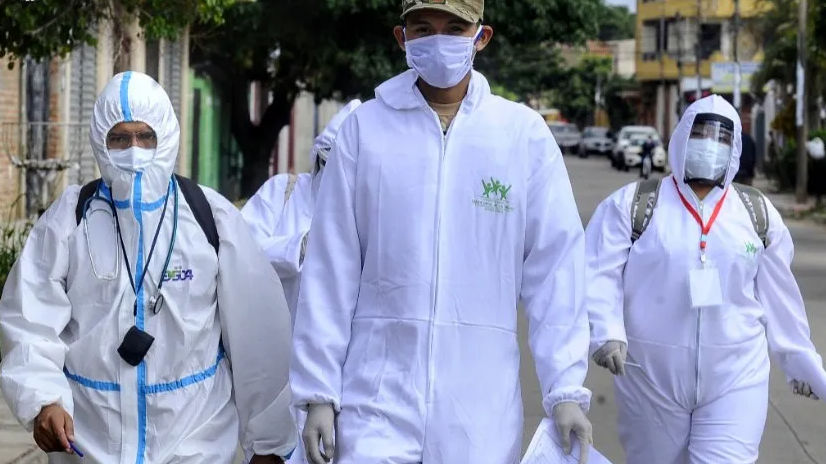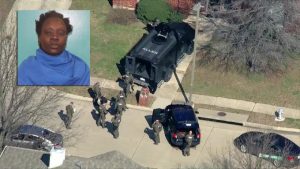Even with the number of coronavirus deaths in the US hitting the 1,000-mark daily, improved medical tactics and earlier treatment are helping improve the outcome for patients with severe cases of the infection, believes Andrew Badley, head of Mayo Clinic’s COVID Research Task Force in US.
As reported by Bloomberg, Badley said in an interview,
“Health-care preparedness today is much better than it was in February and March.”
“We have better and more rapid access to diagnosis. We have more knowledge about what drugs to use and what drugs not to use. We have more experimental treatments available. All of those contribute to possible improvements in the mortality rate,” he explained.
One study looked at 4,689 COVID-19 hospitalisations from March to June in New York, analysing patients’ mortality rate considering factors such as age, race, obesity and any underlying illnesses they might have had.
In the first half of March, the mortality rate for hospitalised patients was 23%. By June, it had fallen to 8%. The research hasn’t yet been peer-reviewed, a process through which other experts examine the work.
Despite the advancements, America is set to soon pass 200,000 deaths, and tens of thousands of Americans are infected each day.
The Centers for Disease Control and Prevention has emphasised that masks are still the best available protection from the virus for most people. And experts warn that the virus is still very dangerous and can kill even seemingly healthy individuals.
ALSO READ| Prolonged use of masks causing skin problems? Here’s what you can do
“Even with these improvements, this is not a benign disease,” said Leora Horwitz, an associate professor of population health and medicine at New York University’s Grossman School of Medicine, who conducted the New York study of COVID-19 hospitalisations. “This does not mean that coronavirus is now a non-dangerous disease. It remains a very serious threat to public health,” he told Bloomberg.
In parts of the country, such as Texas, healthcare workers had more time to prepare and learn what works against the virus.
“We kind of had a playbook before we even started seeing any patients in Texas,” said Robert Hancock, president of Texas College of Emergency Physicians, to Bloomberg. “We understand the things that work at this point with COVID much better.”
Since March, doctors have learned valuable lessons, not only about how to efficiently manage ICU beds and ventilators, but also that flipping a patient onto their stomach, known as prone positioning, which can help.
ALSO READ| Singapore develops robot that carries out COVID-19 swab tests
Giving patients steroids early on and treating them with blood thinners can also improve someone’s prognosis.
“Now that we know that we might need to start these patients on blood thinners and Heparin pretty quickly, that’s helping,” said Diana L Fite, president of the Texas Medical Association, to Bloomberg. “A lot of these deaths from COVID are because of the blood coagulation; the blood clots ruin their organs.”
“Even if these things aren’t cures, they help a small percentage do better,” Fite said. “You add several of those things up and you’ve got a better outcome overall.”







